Mimicking one of the body’s most complex organs isn’t easy, but researchers are making progress.
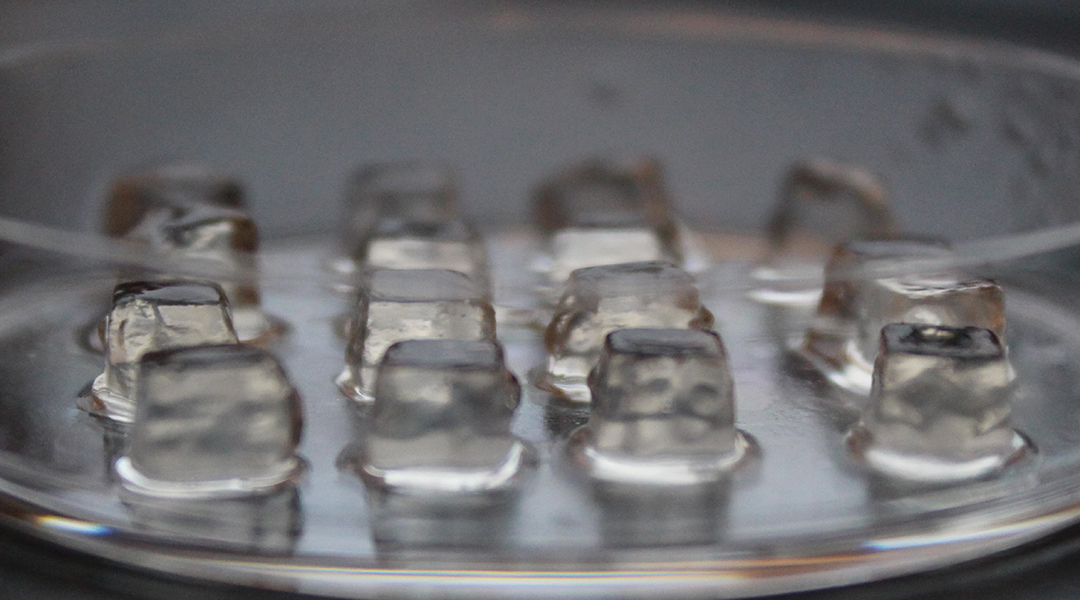

Mimicking one of the body’s most complex organs isn’t easy, but researchers are making progress.
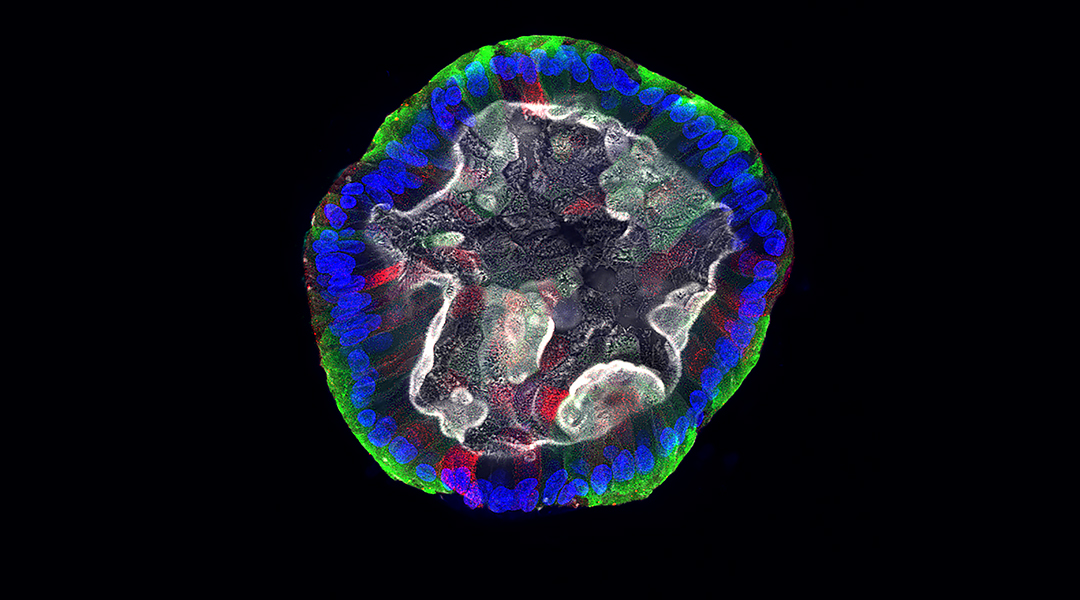
Addressing the lack of diversity in drug testing, scientists are using organoids from voluntary donors to enhance equity and inclusion.
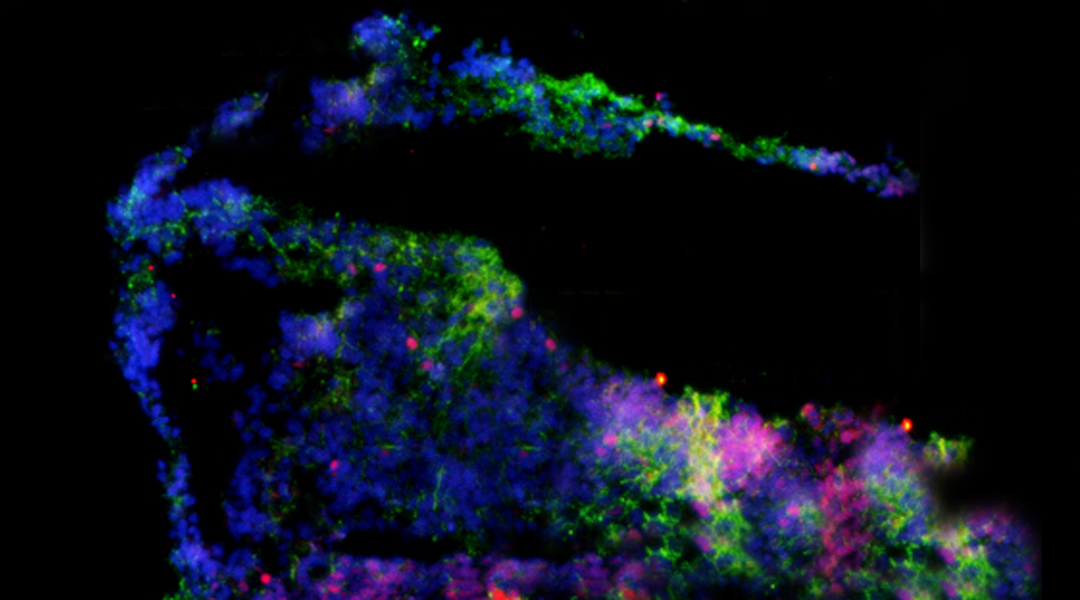
To mimic the the interconnected structure of the brain, model organoids can be connected together into larger assemblies.

A protocol for generating retinal organoids from human pluripotent stem cells that contain all major retinal cell types.
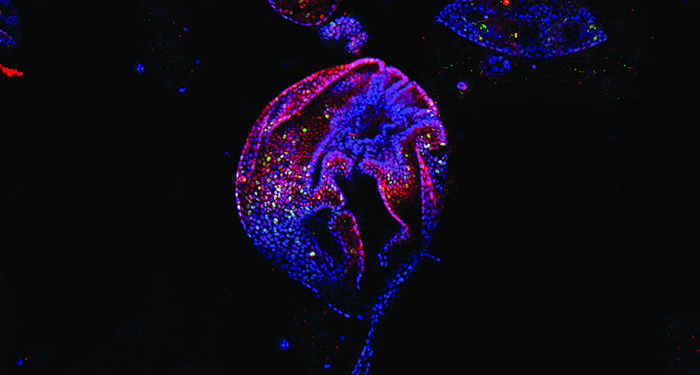
Intact whole-mount immunostaining of organoids after growth for 14 days.
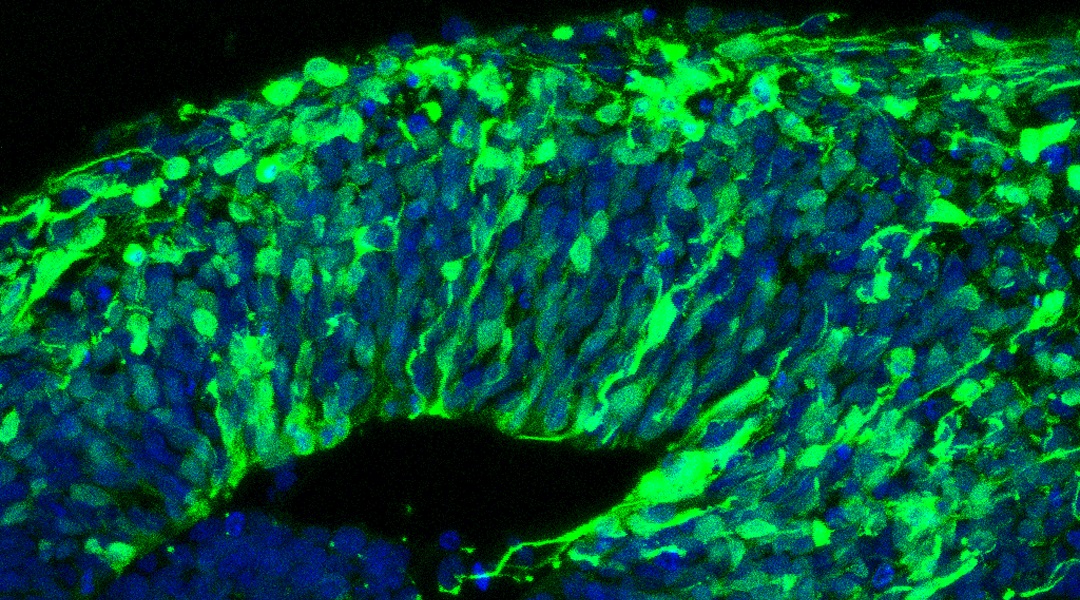
Brain organoids model normal human brain development and can be used to answer questions related to development, evolution, and disease.

Low cost, on-chip, high-resolution imaging to study cellular dymamics of intact brain organoids.
![A Fibrin-Based Scaffold for Organoids [Video]](https://www.advancedsciencenews.com/wp-content/uploads/2018/10/adma201801621_ASNimage_001.jpg)
A fibrin/laminin hydrogel that supports organoid growth from multiple tissues is developed as a substitute for BME scaffolds.
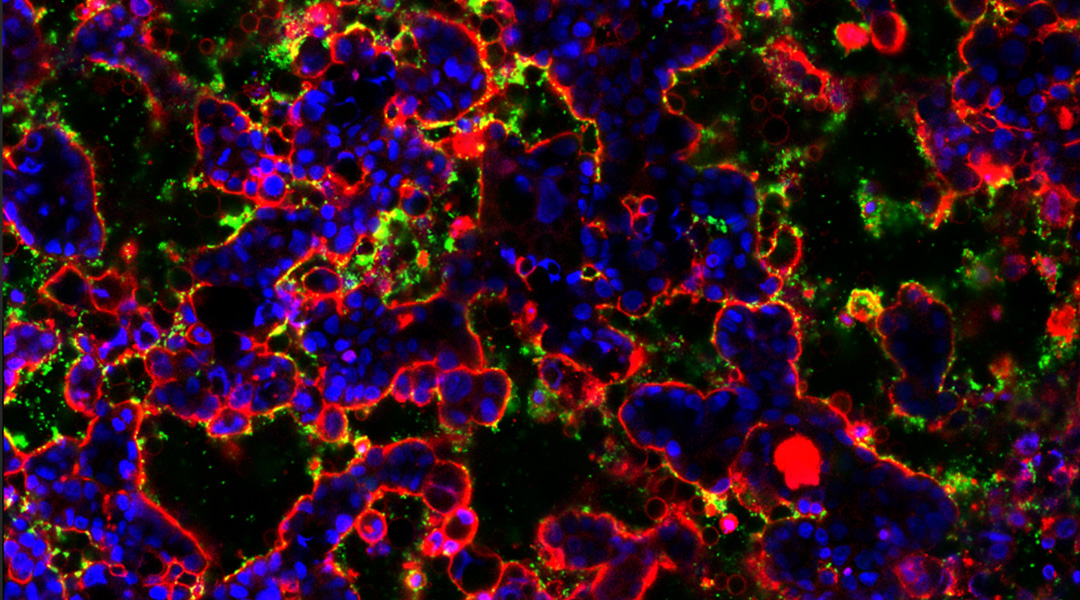
This artificial gut will allow scientists to gain deeper insights into the biome that exists there and how dysregulation can lead to disease.

Click chemistry spins bacterial-produced spider silk into a biomedical marvel, promising innovations in fiber optics, wound healing, and tissue regeneration.